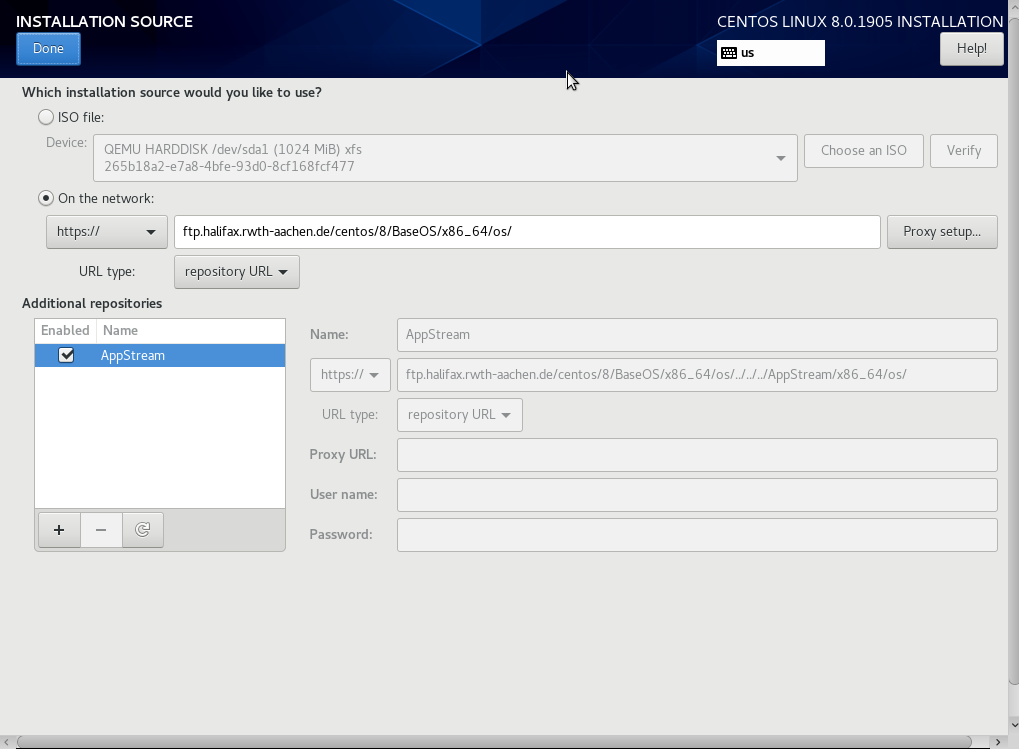

- #Gftp for centos how to#
- #Gftp for centos install#
- #Gftp for centos archive#
- #Gftp for centos upgrade#
- #Gftp for centos full#
If you want to find out which installed package a particular file belongs, type: sudo rpm -qf /path/to/file To get a list of all the files in an installed RPM package: sudo rpm -ql package Pass -i to get more information about the queried package: sudo rpm -qi java-11-openjdk-devel If the package is installed you will see something like this: Package is installed on the system: sudo rpm -q java-11-openjdk-devel The following command will show you whether the OpenJDK 11 To query (search) whether a certain package is installed, pass the package name to the rpm -q command. The -q option tells the rpm command to run a query. It only shows whether the command would work or not: sudo rpm -Uvh -test package.rpm Querying RPM Packages # The -test option tells rpm to run of installation or removal command without actually doing anything. The -nodeps option is also useful when you want to remove a package without removing its dependencies: sudo rpm -evh -nodeps package.rpm To remove (erase) an RPM package, use the -e option: sudo rpm -e package.rpm
#Gftp for centos install#
To install an RPM package without having all the required dependencies installed on the system, use the -nodeps option: sudo rpm -Uvh -nodeps package.rpm You will have to download and install all dependencies manually. If the package you are installing or updating depends on other packages that are not currently installed, rpm will display a list of all missing dependencies. If the package is not installed it will be installed: sudo rpm -Uvh package.rpm
#Gftp for centos upgrade#
To upgrade an RPM package, use the -U option. You can skip the downloading part and provide the URL to the RPM package to the rpm command: sudo rpm -ivh The -v option tells rpm to show verbose output and the -h option to show the hash marked progress bar. To install an RPM package with the rpm, use the -i option, followed by the package name: sudo rpm -ivh package.rpm Be extra careful when replacing or updating important system packages, like glibc, systemd, or other services and libraries that are essential for the proper functioning of your system. , make sure they are built for your system architecture and your CentOS version

You should always prefer using yum or dnf over rpm when installing, updating, and removing packages.īefore installing an RPM package, you must first download the package on your system using a browser or command-line tools like curl Usually, to install a new package on Red Hat based distributions, you’ll use either yum or dnf commands, which can resolve and install all package dependencies. Installing, Updating and Removing RPM Packages #
#Gftp for centos how to#
In this tutorial, we will talk about how to use the rpm command to install, update, remove, verify, query, and otherwise manage RPM packages.
#Gftp for centos archive#
An RPM Package consists of an archive of files and metadata including information such as dependencies and install location. There are also fun things to try, hardware, free programming books and tutorials, and much more.The RPM Package Manager (RPM) is a powerful package management system used by Red Hat Linux and its derivatives such as CentOS and Fedora. There are hundreds of in-depth reviews, open source alternatives to proprietary software from large corporations like Google, Microsoft, Apple, Adobe, IBM, Cisco, Oracle, and Autodesk. The software collection forms part of our series of informative articles for Linux enthusiasts. Our curated compilation covers all categories of software.

Read our complete collection of recommended free and open source software. Multithreaded client providing both a command-line interface and GUI Graphical SFTP client and terminal emulator with helpful utilities Graphical FTP ClientsĪn extremely popular cross-platform client
#Gftp for centos full#
For each title we have compiled its own portal page, a full description with an in-depth analysis of its features, a screenshot of the software in action, together with links to relevant resources. Let’s explore the 3 graphical FTP clients at hand. Hopefully, there will be something of interest for all types of users. We’re only including graphical FTP clients in this feature.

To provide in insight into the quality of software that is available, we have compiled a list of 3 top quality open source FTP clients. However, they are a great tool for both web designers and web programmers alike. We appreciate that FTP clients are not going to set your heart racing.


 0 kommentar(er)
0 kommentar(er)
